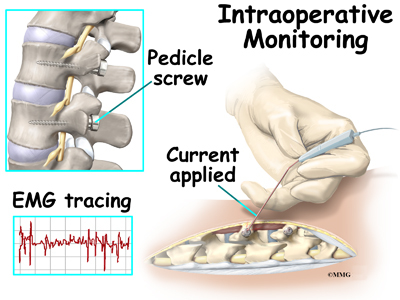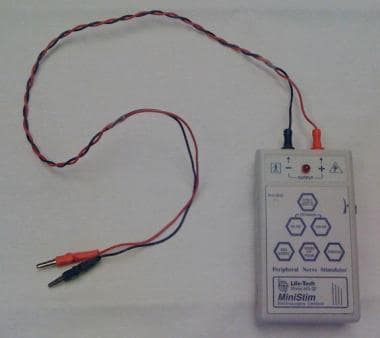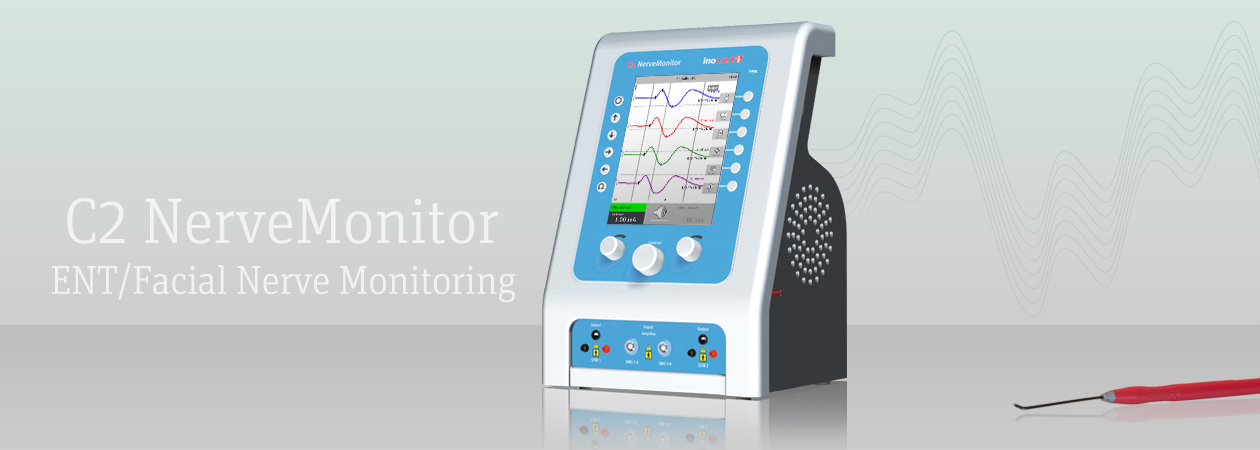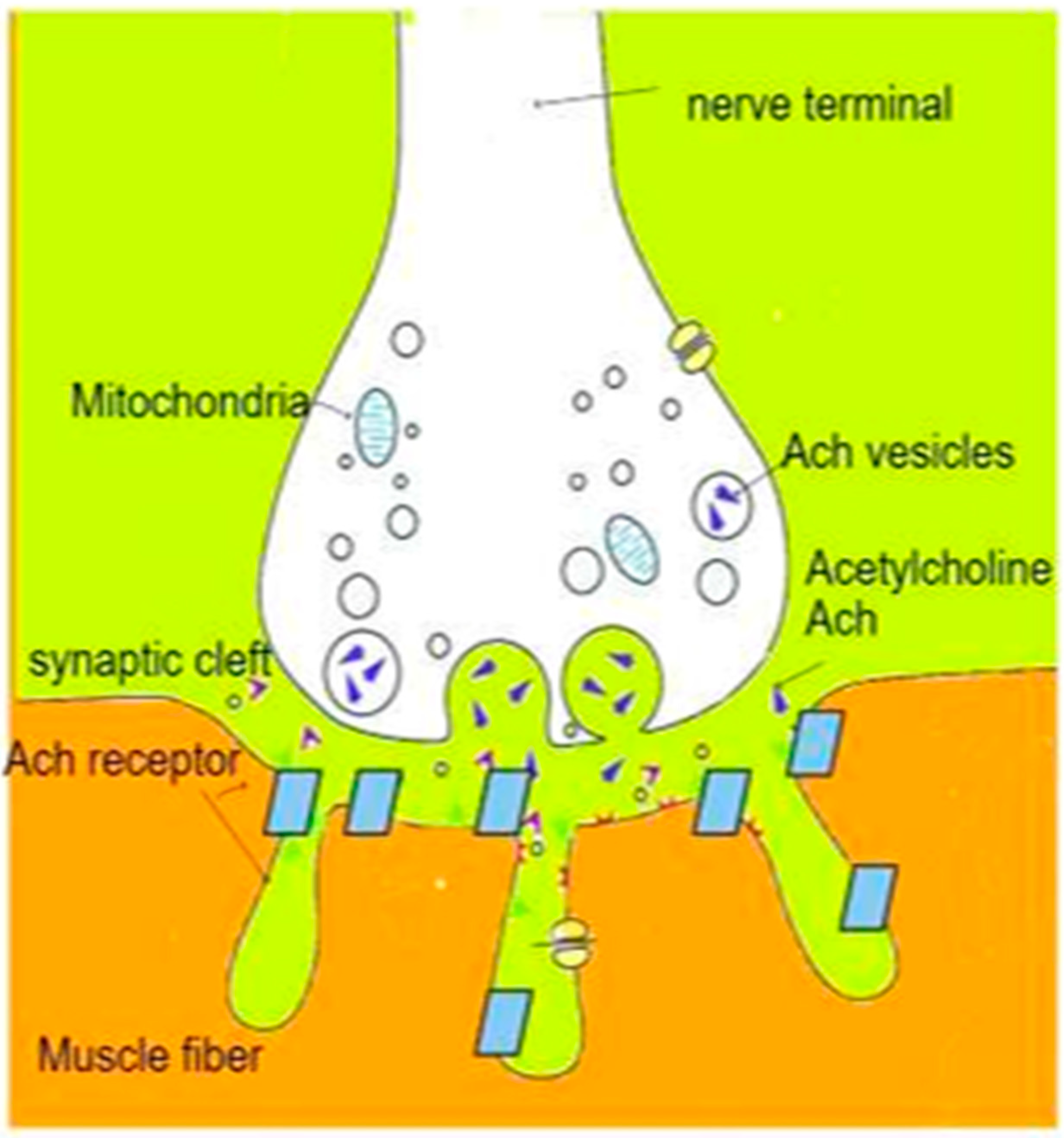
The use of a nerve stimulator for intraoperative stimulation of
Price: $ 79.99
4.8(290)
The use of a nerve stimulator for intraoperative nerve identification in order to predict the functional outcome after resection of a peripheral nerve sheath tumour infiltrating the brachial plexus is reported. In veterinary anaesthesia, nerve stimulators are often used for monitoring depth of neuromuscular blockade after use of non-depolarizing muscle relaxants and for localizing nerves for performance of loco-regional anaesthesia (Raw et al. 2013). This letter reports the use of a nerve stimulator for intraoperative nerve identification in order to predict the functional outcome after resection of a peripheral nerve sheath tumour infiltrating the brachial plexus. A 9 year old, 18 kg, female entire Spanish Water Dog presented with chronic progressive monoparesis and mild muscle atrophy of the left forelimb. Orthopaedic and neurological examinations were otherwise unremarkable. After advanced diagnostics (magnetic resonance imaging (MRI), ultrasound, electromyography (EMG)) a presumptive diagnosis of a peripheral nerve sheath tumour located in the brachial plexus was made. Based on the EMG abnormalities in the flexor carpi radialis muscle the tumour was localized in the median nerve (C8-T1), although the precise location could not be confirmed with MRI. The dog was anaesthetized and the brachial plexus was exposed via a cranial approach. The affected nerve was located in the caudal aspect of the plexus. A standard bipolar forceps used for electrocoagulation was connected via a stimulation cable for surface electrodes (Fig. 1) to a nerve stimulator (TOF-watch, Organon Ltd, Ireland) (technique adapted from Johnstone et al. 2007). Stimulation was performed with repeated 1 Hz twitches of 200 ls, starting at a current of 1 mA. All nerve branches connected proximal and distal to the tumour were gently grasped at the proposed resection sites (3 cm from the tumour) with the bipolar forceps, subsequently stimulated and muscular responses were observed (Fig. 2). Macroscopically normal branches responded to the starting current (1 mA) with muscle contraction, but branches directly proximal to the tumour did not. Stimulation of these branches at 3–5 mA did result in muscle contraction, indicating an increase in the minimum stimulating current (MSC, the minimum current required to elicit a muscle response from the stimulating position (Raw et al. 2013)). During the series of stimulations, both elbow and carpal flexion were observed, localizing the potential function loss to the muscles innervated by the musculocutaneous (C6-8), median and ulnar (C7-T2) nerves. Figure 1 Bipolar forceps connected to nerve stimulator using a cable for surface electrodes.

Intra operative monitoring facial nerve

Patient Education Concord Orthopaedics

CHECKPOINT – LMT Surgical

NIMBUS i-Care Lite - Innopsys

CNSAC Ball Tip Direct Nerve Stimulator Probe - CNSAC MedShop

Peripheral Nerve Stimulator - Train of Four Monitoring: Overview, Periprocedural Care, Technique

C2 ENT Surgery

Hypoglossal nerve monitoring, a potential application of intraoperative nerve monitoring in head and neck surgery – topic of research paper in Clinical medicine. Download scholarly article PDF and read for free on

Life, Free Full-Text




